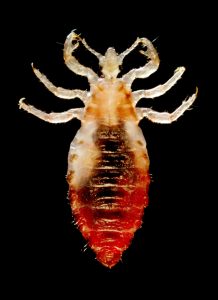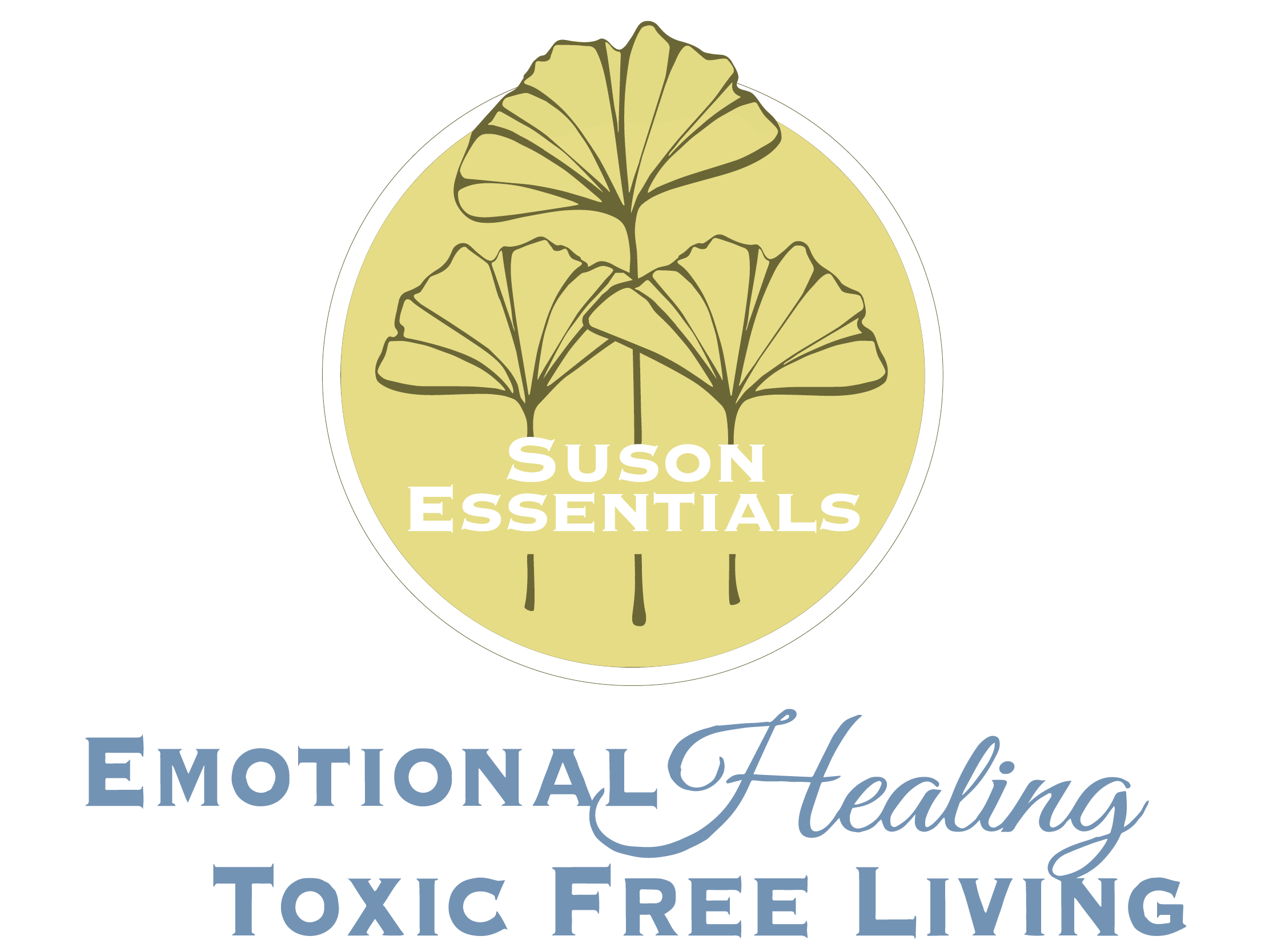
Pediculus humanus corporis, commonly known as body lice, are parasitic insects that live in clothing and bedding, feeding on human blood by crawling onto the skin. They are primarily associated with poor hygiene and crowded living conditions, such as in homeless shelters, refugee camps, or areas affected by natural disasters. Pediculosis corporis, the infestation caused by body lice, leads to severe itching, rash, and skin irritation.
Body lice bites can cause intense itching, and excessive scratching may result in skin infections. Chronic infestations can cause thickened, discolored skin in affected areas, known as vagabond’s disease. Unlike head lice, body lice are capable of transmitting serious diseases, including typhus, trench fever, and relapsing fever, making their control especially important in vulnerable populations.
Treatment for pediculosis corporis involves improving personal hygiene, laundering clothing and bedding at high temperatures, and, in some cases, applying topical insecticides like permethrin to the body and clothing. Addressing the underlying conditions that facilitate lice infestations—such as providing access to clean clothing, washing facilities, and improving living conditions—plays a crucial role in both treating and preventing body lice infestations.



